 Abraham Lincoln
If given the truth, the people can be depended upon to meet any national crisis...
Abraham Lincoln
If given the truth, the people can be depended upon to meet any national crisis...
 Guildford news...
for Guildford people, brought to you by Guildford reporters - Guildford's own news service
Guildford news...
for Guildford people, brought to you by Guildford reporters - Guildford's own news service
Birdwatcher’s Diary No.272
Published on: 4 Feb, 2023
Updated on: 4 Feb, 2023
By Malcolm Fincham
Moving into the last two weeks of January, thankfully the prevailing wet westerly winds began to ease.
Temperatures, however, fell to below average for the time of year bringing overnight frosts and a chill to the daytime air. This made for some good opportunities to venture out for a few photos while the sun shone.
Alerted by news on January 16 that a lesser scaup was residing at Staines Reservoir had set alarm bells ringing within the Surrey birdwatching community.
Despite not within Surrey as such, being such a rarity it was attracting much attention. Although having previously seen one some years ago at Dozmary Pool, in Cornwall, while on one of many visits by my wife and I to my beloved late father-in-law, the enormity of seeing this rare American duck once again was too much for me to decline, when invited on a trip the following day by my friend Dougal.
Although too long a reach for my camera lens, it was a delight to get a few record shots. The views of it among a large raft of pochard across the south basin through Dougal’s scope were far better than the one I had got of the lesser scaup I saw in Cornwall.
Also out on the water and along the embankment of the causeway groups of wintering wigeon were present.
And both male and female goldeneye ducks could also be viewed.
A drake goldeneye, near the causeway could already be seen flipping its head back in a courtship display.
And five black-necked grebes could be viewed close to the causeway on the North Basin.
In fact, on our return to Staines Reservoir on January 29, although the lesser scaup was still present, it was too distant to photograph.
During the days that followed I made several visits to Shackleford, near Godalming, adding of a few more sightings to my 2023 list.
While there, a lone brambling perched up long enough to photo.
Across the frost-covered grassland a dozen or so fieldfares could be viewed.
Perched atop of one of the utility pylons just across one of the fields, a peregrine falcon could be viewed motionless for the most part as it surveyed.
While across the fields at least two red kites continued to be observed.
The recently reported two Dartford warblers were also still present.
Along the hedgerows near Chalk Lane a few reed buntings could be picked out. Although the three corn buntings seen just a few days previous appeared to have moved on.
At the Riverside Nature Reserve, near Burpham, a male and a female stonechat continued to be within view from the boardwalk.
A song thrush could be heard in song just across the River Wey.
A red kite continued to be seen gliding around in the direction of the recycling centre.
On Stoke Lake, two great crested grebes could still be seen in their winter plumage.
Tufted ducks continued to be seen out on the water.
While in and around the area of blackthorn to the south of the lake, redwings could be viewed.
A few linnets could also be seen.
And even a chiffchaff showed well.
A personal highlight to my year so far was another bird I hadn’t seen for well over a decade.
This was on January 19, in the company of Dougal and with the addition of John from Kent. We finally made the effort to visit Budds Farm, Southmoor, Langstone Harbour, near Portsmouth, where a Sabine’s gull had been entertaining birdwatchers from far and wide.
Not usually over inspired by species of the gull family, this one, I have to admit, was a little bit special.
The first scientific specimen of Sabine’s gull was found in 1818 by Sir Edward Sabine, at Melville Bay, Greenland. He was a renown Irish astronomer, geophysicist, and explorer who was part of Sir John Ross’s first Arctic expedition that spring, in an effort to find the Northwest Passage.
This small gull species bears more resemblance to the tern family, than that of gulls.
In terms of the migration of Sabine’s gulls, winter is spent in coastal regions. During the summer they return to the tundra region of North America, Greenland, or the high Arctic regions, to breed.
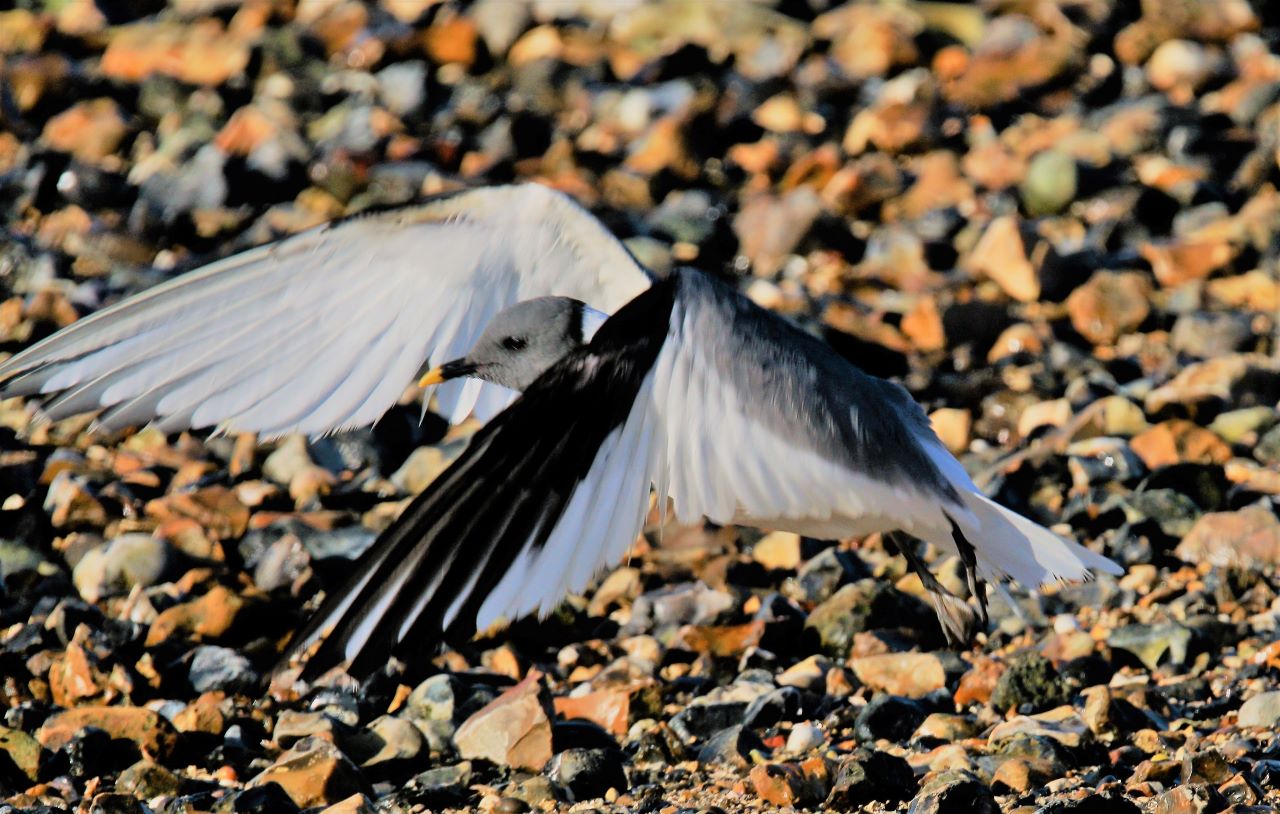
Sabine’s gull, Budds Farm, Southmoor, Langstone Harbour.
The Sabine’s gull’s wings have a beautiful pattern that consists of dark grey and black flight feathers. This one, unusually, was already in full summer plumage.
Also adding to this year’s sightings, although too distant to photo, were four velvet scoters, a great northern diver and a long-tailed duck.
Nearer to view, a small group of ringed plovers were also be added to this year’s sightings.
Being located so close to Farlington Marshes we made time for a visit there. Although not adding any new sightings to mine and Dougal’s 2023 list, it allowed an addition of 22 birds to John’s total for the year.
Including short-eared owl, although roosting in the long grass at the time.
The greater white fronted geese that were still present.
As well as the black brant geese.
And a marsh harrier among the sightings.
Back in Guildford, by January 17 Britten’s Pond was mostly frozen over. With the absence of anglers fishing there due to the conditions, the surrounding area was void of activity apart from the occasional visits by the friendly crew of bailiffs that maintain the water.
Across the pond a small flock of black-headed gulls, still in their winter plumage, stood out on the ice, occasionally squabbling among themselves like a gang of scallywags.
The regular sightings of the kingfisher continued, adding photos to my growing collection.
While moorhens continued to be viewed, now gingerly walking across the ice.
On January 20, an unusual addition had arrived to the pond for a brief visit. Certainly a first for me there, it was a pintail duck!
Although having seen a few in previous winters around some of the Surrey wetlands, it was a rare surprise for me to see and photo one on one of my ‘local patches’. It was especially pleasing to be able to point it out to the bailiffs, some of whom had never seen one before.
Between visits to Britten’s Pond, and in the company of Bob and Dougal, on January 23 we visited Effingham Forest and were able to add a hawfinch to our year’s sightings.
And the sound of a marsh tit attracted my attention.
Stopping off at Clandon Park on our return home, we were also able to add a little owl, at a reliable spot there, to this year’s sightings.
Another brief outing during the latter days of the month was a visit to Unstead Sewage Farm, near Godalming, adding a water rail to my sightings.
Although daytime temperatures began to rise a little, a continuing north easterly breeze still chilled the air. Still in single figures centigrade during the last days of the month, the ice on the pond was reluctant to thaw.
A pair of Egyptian geese had returned to Britten’s Pond, and were quite vocal in what appeared to be their disdain of the frozen water.
Eventually they found an unfrozen area where they could have a quick wash and brush-up before once again departing.
Around the pond, robins continued to be plentiful, counting at least one at every angler’s swim I stopped at. No doubt, optimistically waiting for the anglers to return.
At one swim I counted at least four robins feeding alongside each other, and not even a flustered feather between them. A rare sight for such feisty birds. At another swim one could be viewed on the ice feeding on breadcrumbs.
In the trees around the pond, several nuthatches could be heard calling.
And for the first time this year, a great spotted woodpecker could be heard drumming high up in a canopy of branches..
Responses to Birdwatcher’s Diary No.272
Leave a Comment Cancel replyPlease see our comments policy. All comments are moderated and may take time to appear.
Recent Articles
- Guildford Institute’s Crowdfunding Project for Accessible Toilet in its New Community and Wellbeing Centre
- Letter: Guildford – Another Opportunity Missed?
- Letter: GBC’s Corporate Strategy – Where Is the Ambition?
- My Memories of John Mayall at a Ground-breaking Gig in Guildford Nearly Six Decades Ago
- Westborough HMO Plans ‘Losing the Heart of the Street’ Says Resident
- College Invests to Boost Surrey’s Economy and Close Digital Skills Gap
- Community Lottery Brings Big Wins for Local Charities
- GBC Housing Plan Promises ‘A Vibrant Urban Neighbourhood’ Near Town Centre
- Hospital Pillows ‘Shortage’ at the Royal Surrey
- Updated: Caravans Set Up Camp at Ash Manor School


Recent Comments
- Ian Macpherson on Updated: Main Guildford to Godalming Road Closed Until August 1
- Sara Tokunaga on GBC Housing Plan Promises ‘A Vibrant Urban Neighbourhood’ Near Town Centre
- Michael Courtnage on Daily Mail Online Reports Guildford Has Highest-paid Council Officer
- Alan Judge on GBC Housing Plan Promises ‘A Vibrant Urban Neighbourhood’ Near Town Centre
- John Perkins on GBC Housing Plan Promises ‘A Vibrant Urban Neighbourhood’ Near Town Centre
- S Collins on GBC Housing Plan Promises ‘A Vibrant Urban Neighbourhood’ Near Town Centre
Search in Site
Media Gallery
Dragon Interview: Local Artist Leaves Her Mark At One of England’s Most Historic Buildings
January 21, 2023 / No Comment / Read MoreDragon Interview: Lib Dem Planning Chair: ‘Current Policy Doesn’t Work for Local People’
January 19, 2023 / No Comment / Read MoreA3 Tunnel in Guildford ‘Necessary’ for New Homes, Says Guildford’s MP
January 10, 2023 / No Comment / Read More‘Madness’ for London Road Scheme to Go Ahead Against ‘Huge Opposition’, Says SCC Leader
January 6, 2023 / No Comment / Read MoreCouncillor’s Son Starts Campaign for More Consultation on North Street Plan
December 30, 2022 / No Comment / Read MoreCounty Council Climbs Down Over London Road Works – Further ‘Engagement’ Period Announced
December 14, 2022 / No Comment / Read MoreDragon Interview: GBC Reaction to the Government’s Expected Decision to Relax Housing Targets
December 7, 2022 / No Comment / Read MoreHow Can Our Town Centre Businesses Recover? Watch the Shop Front Debate
May 18, 2020 / No Comment / Read More





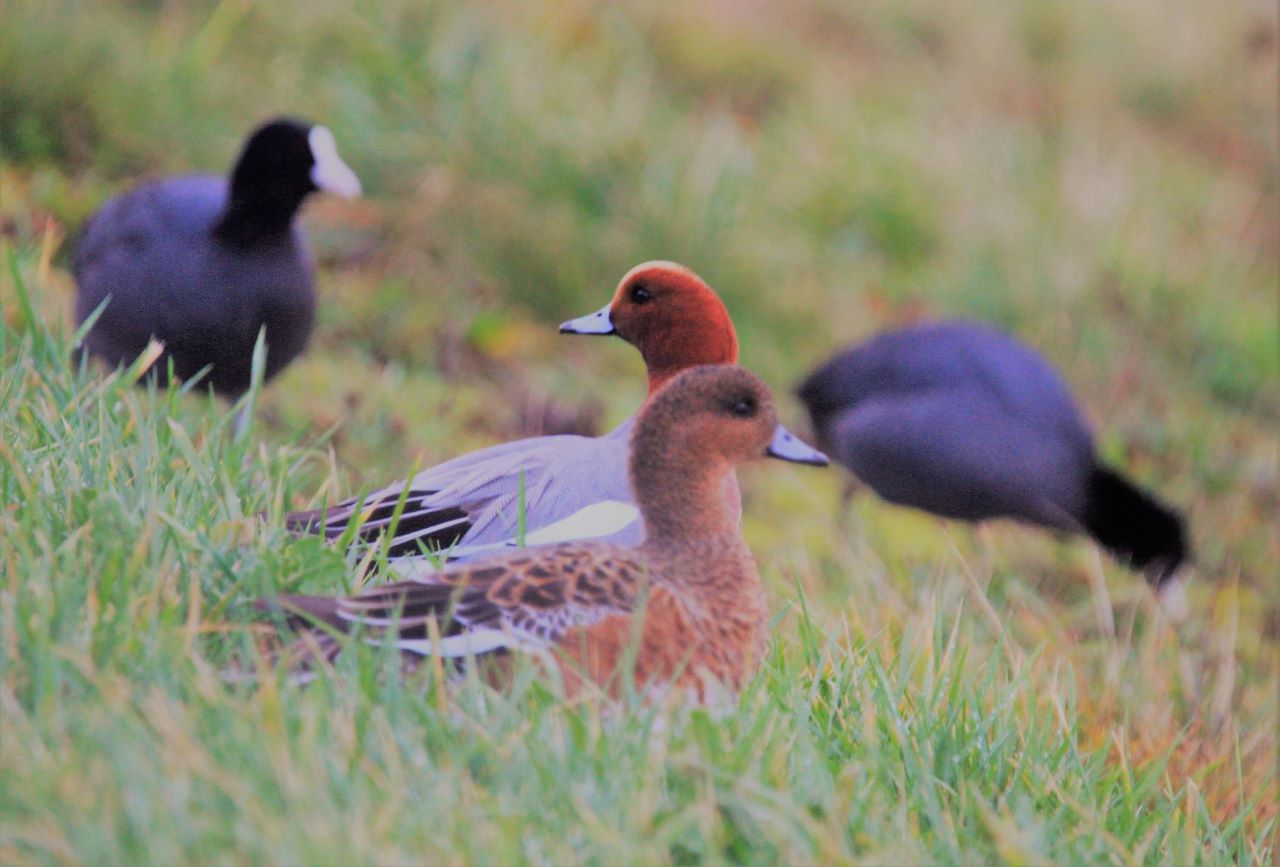
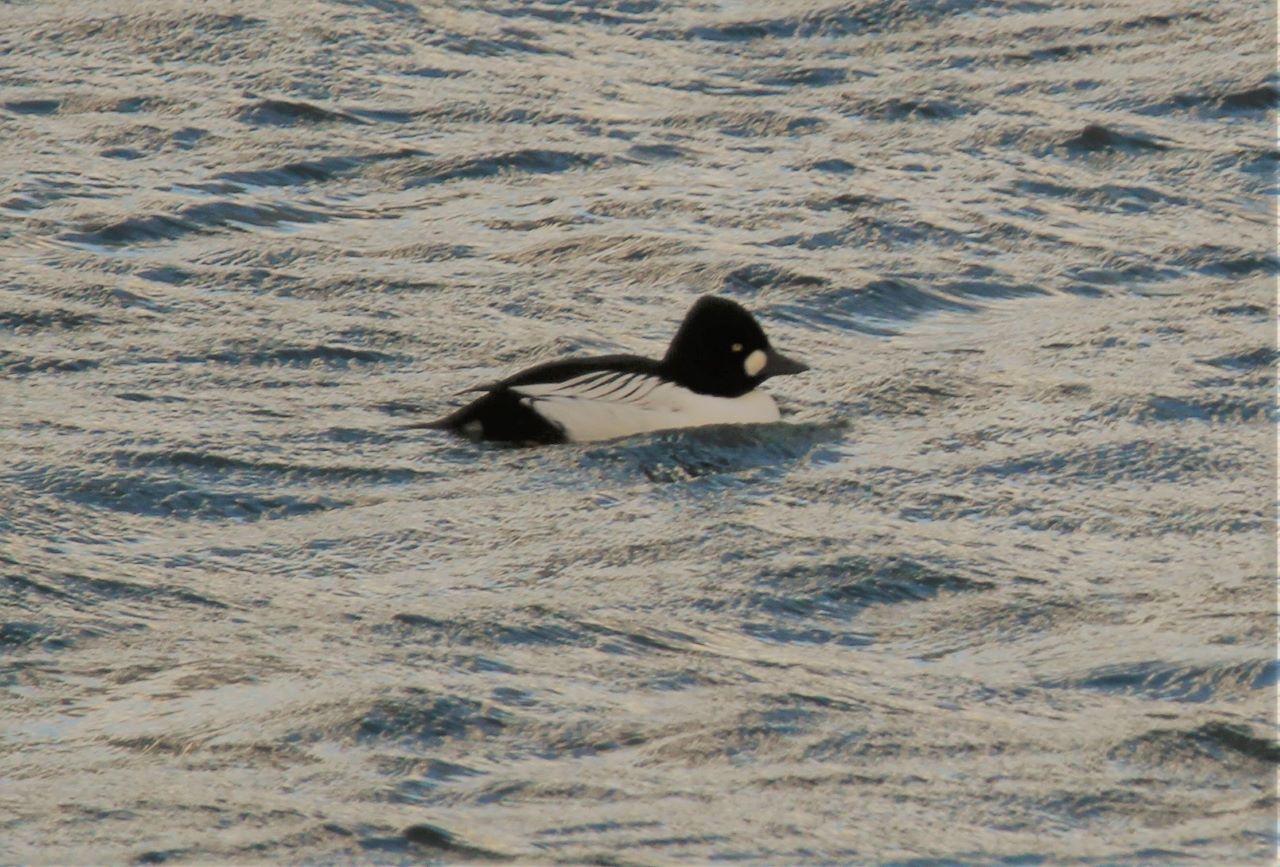
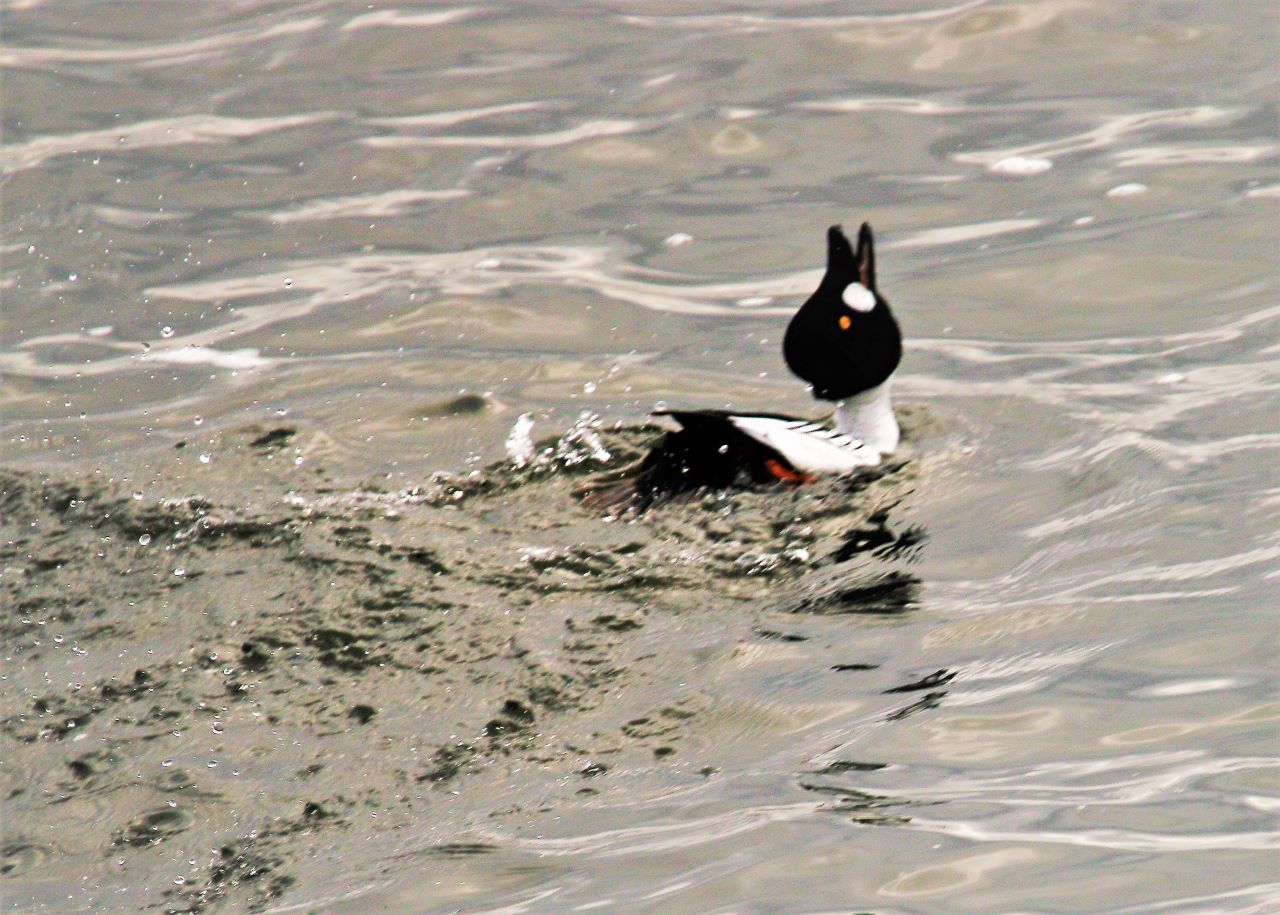



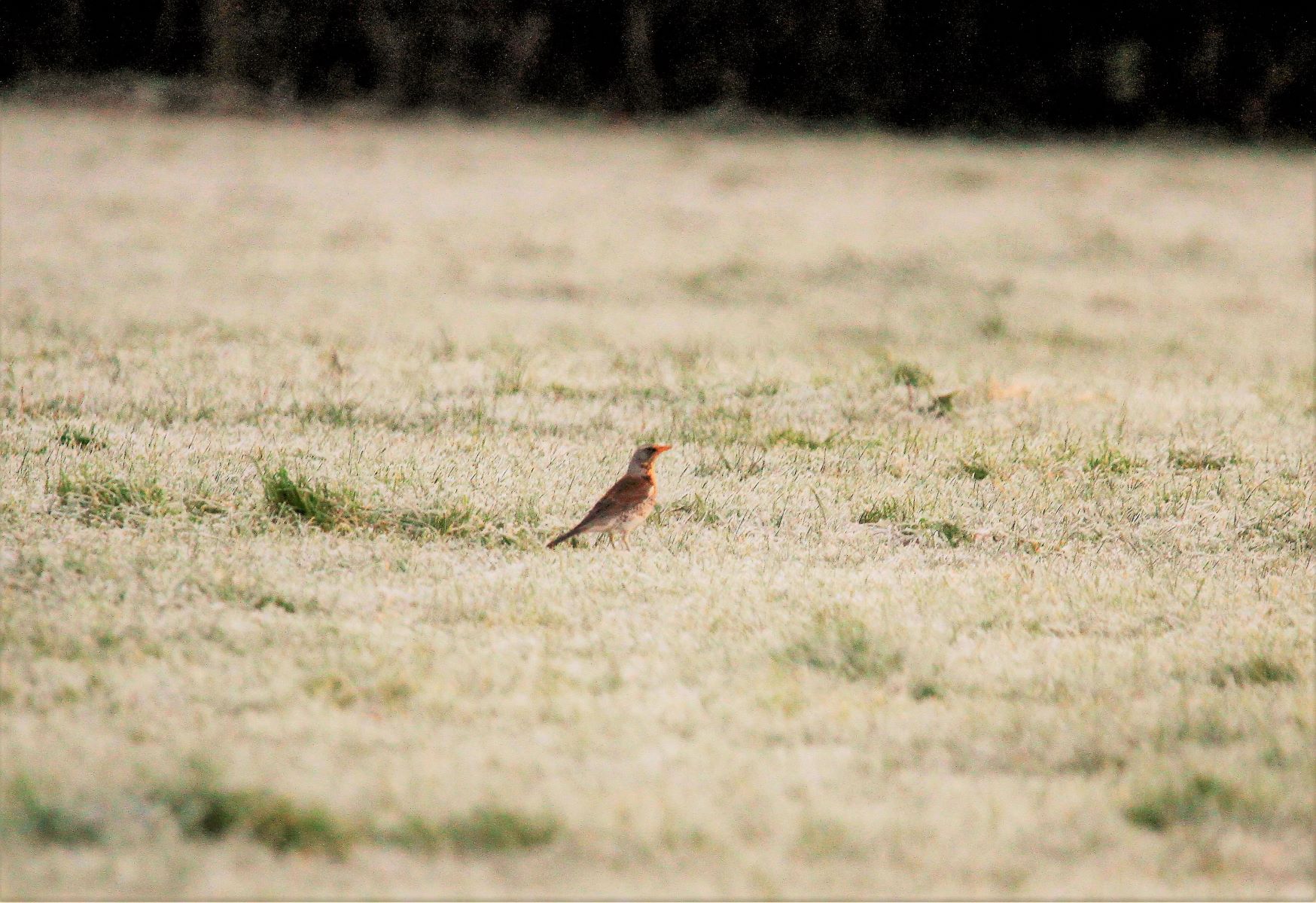

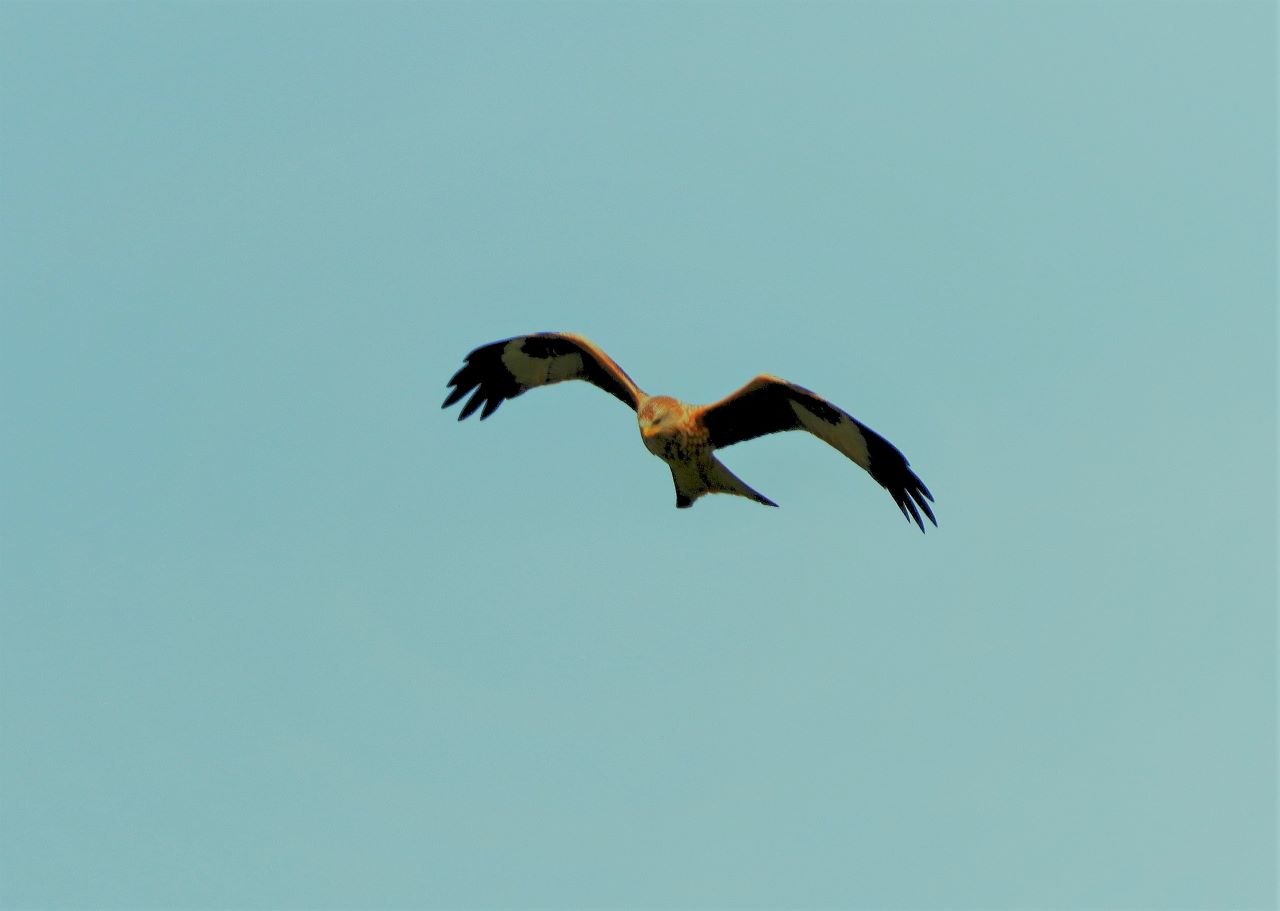
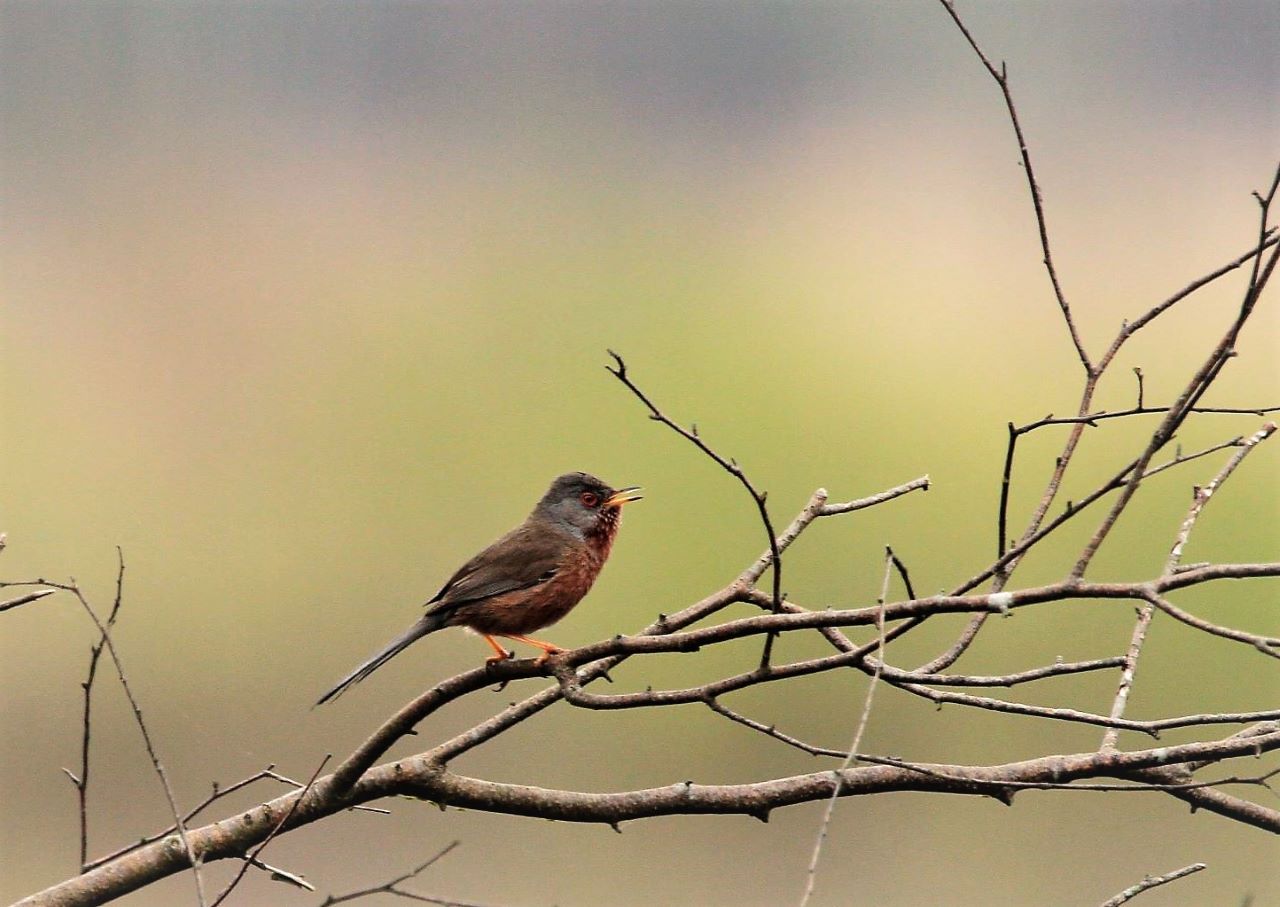
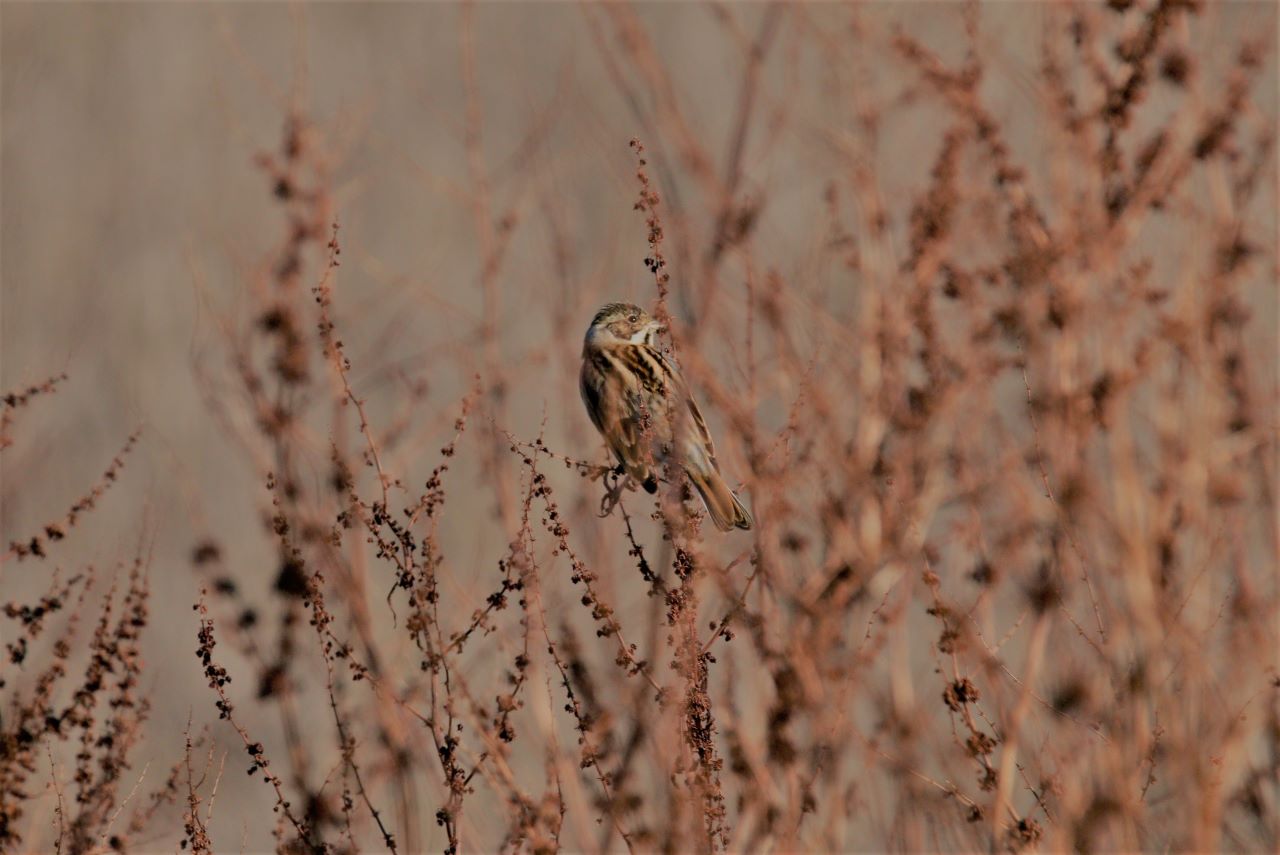
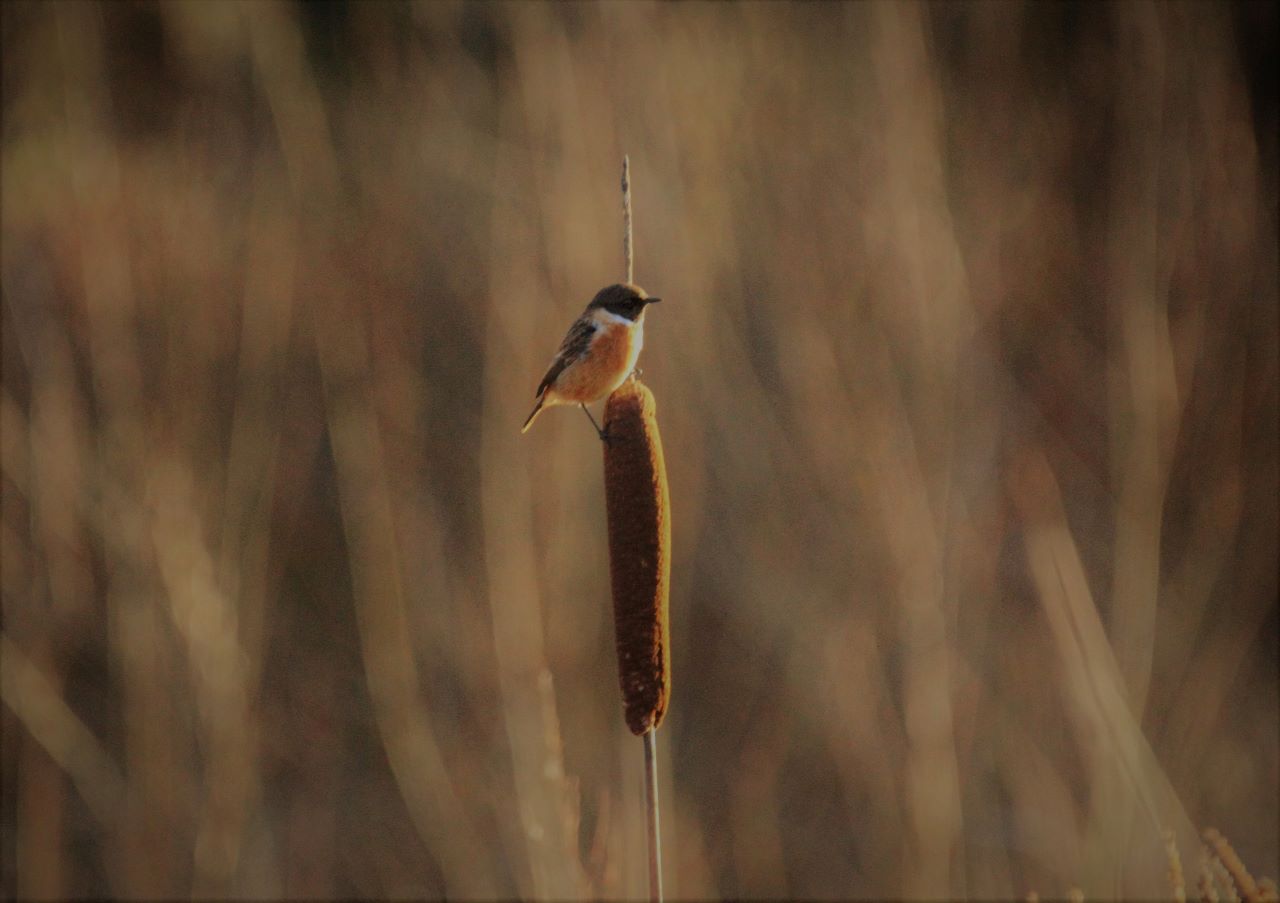
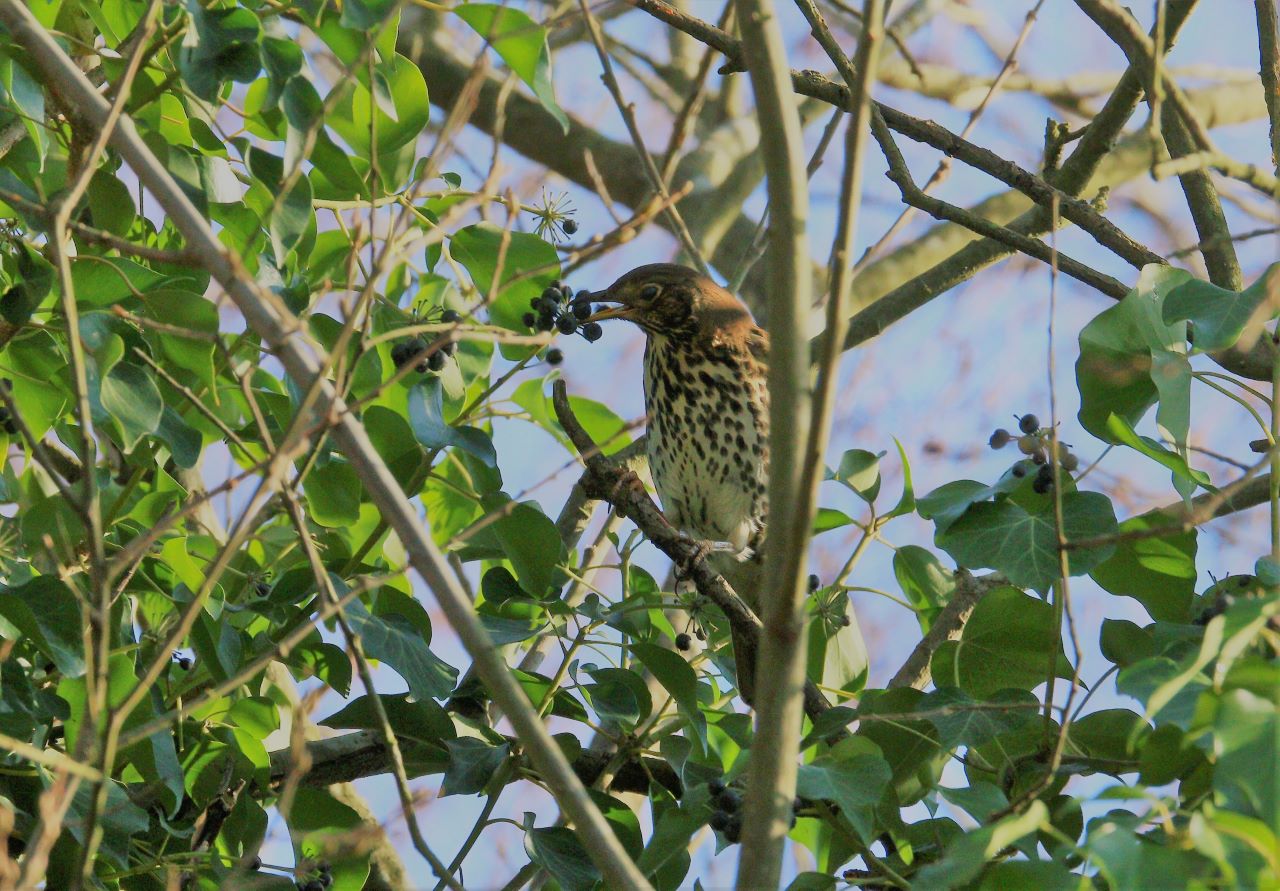

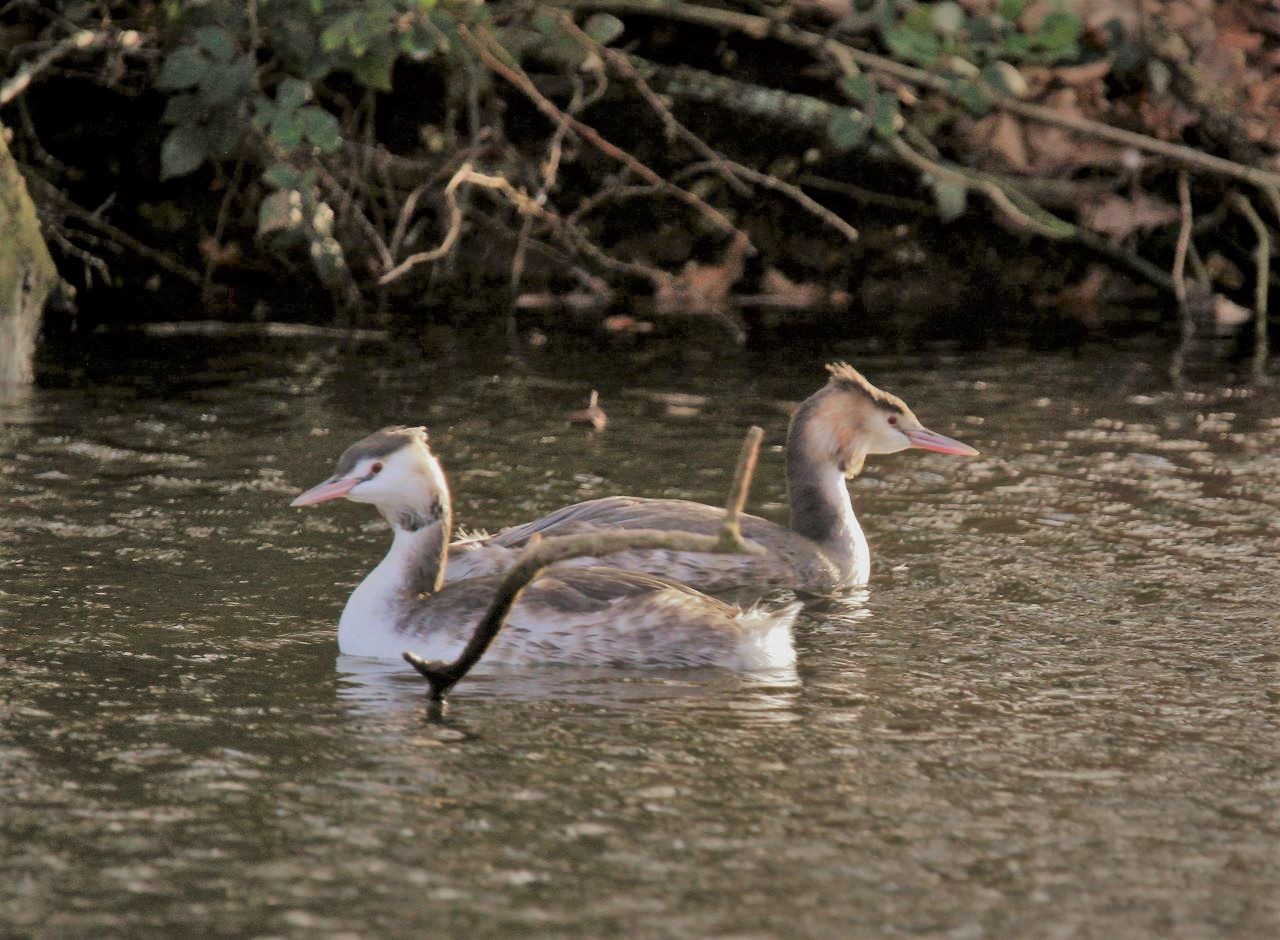

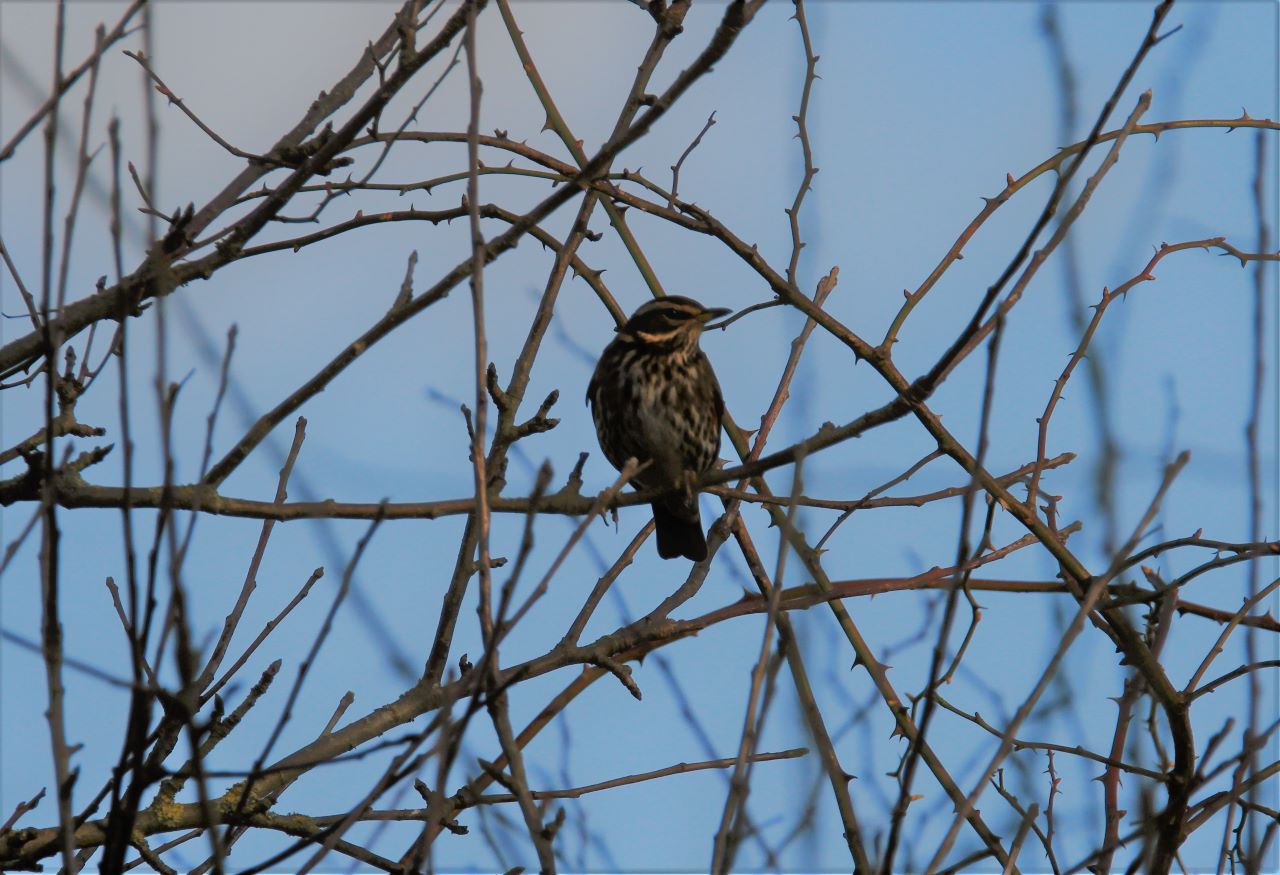
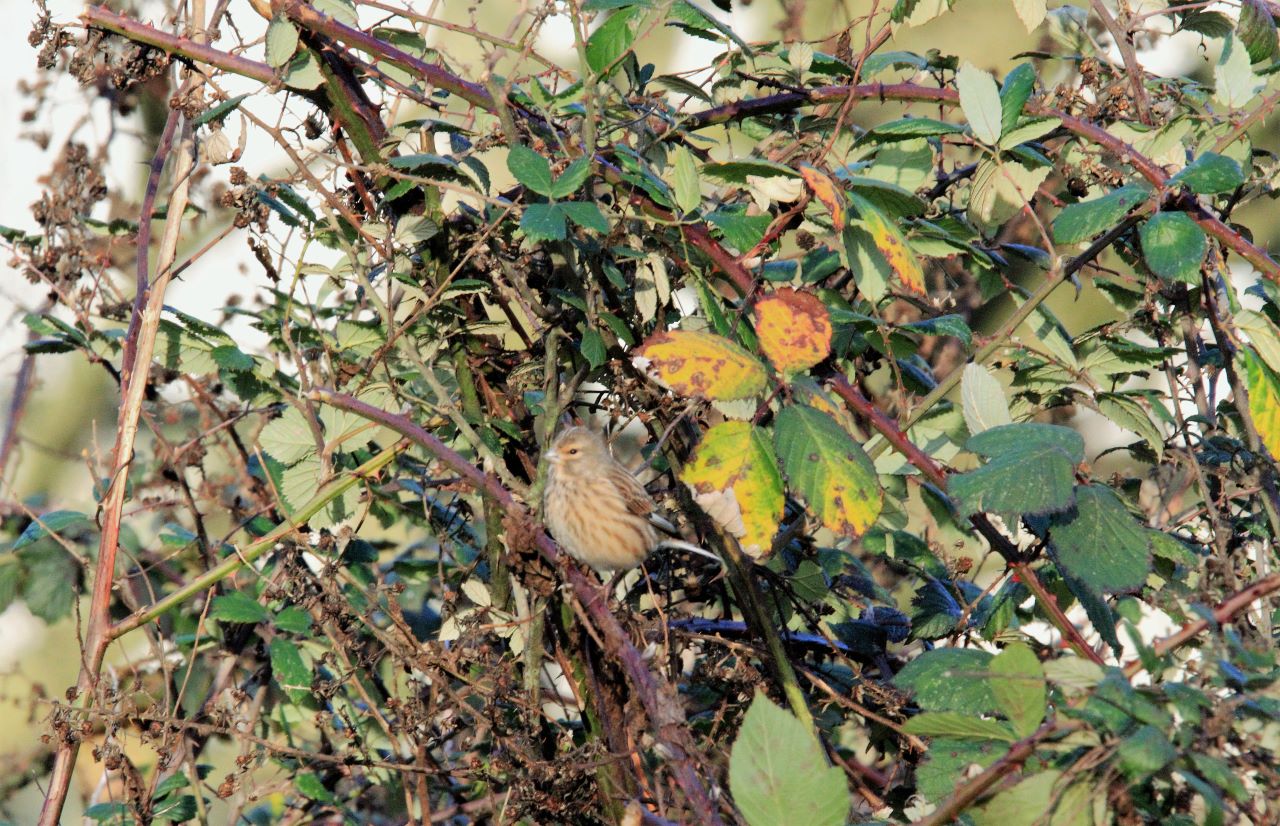
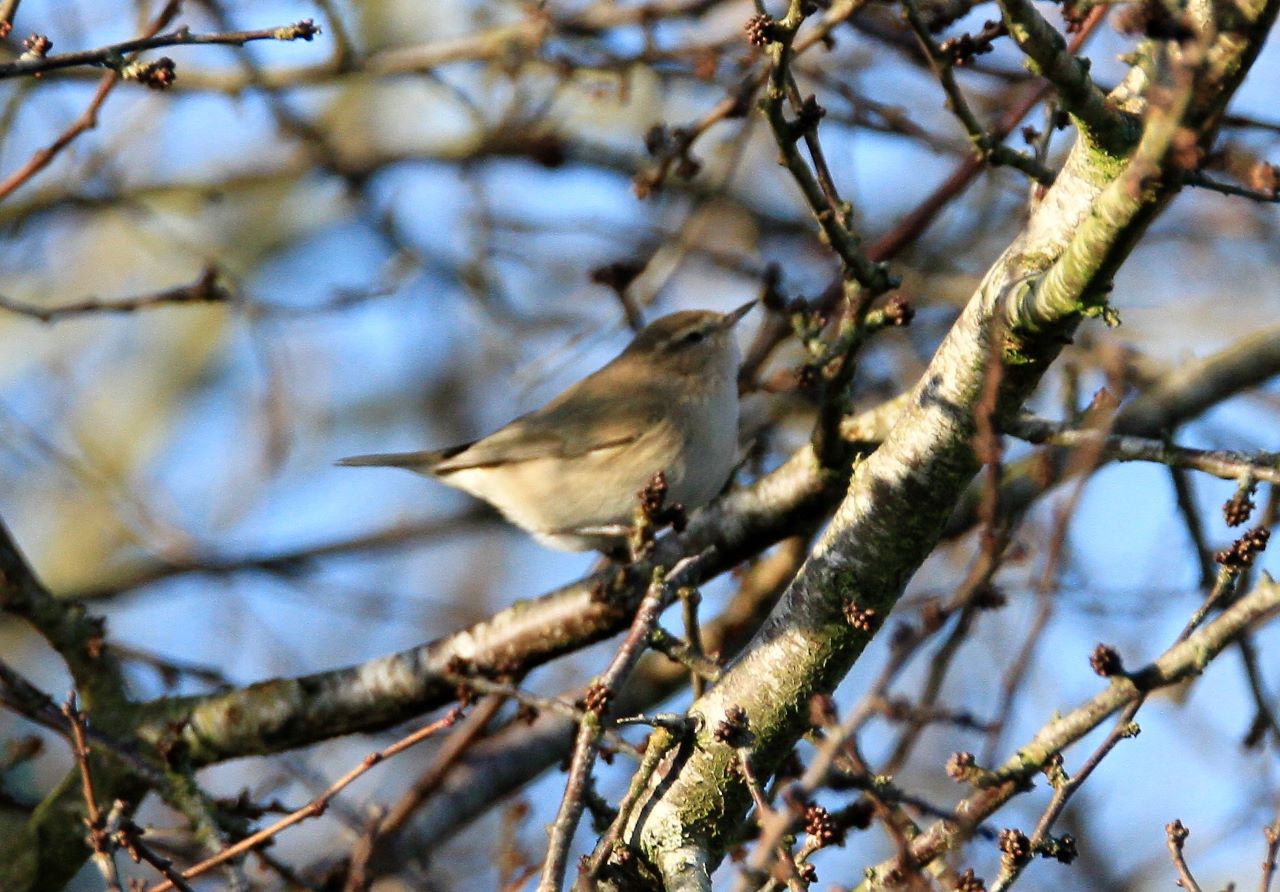
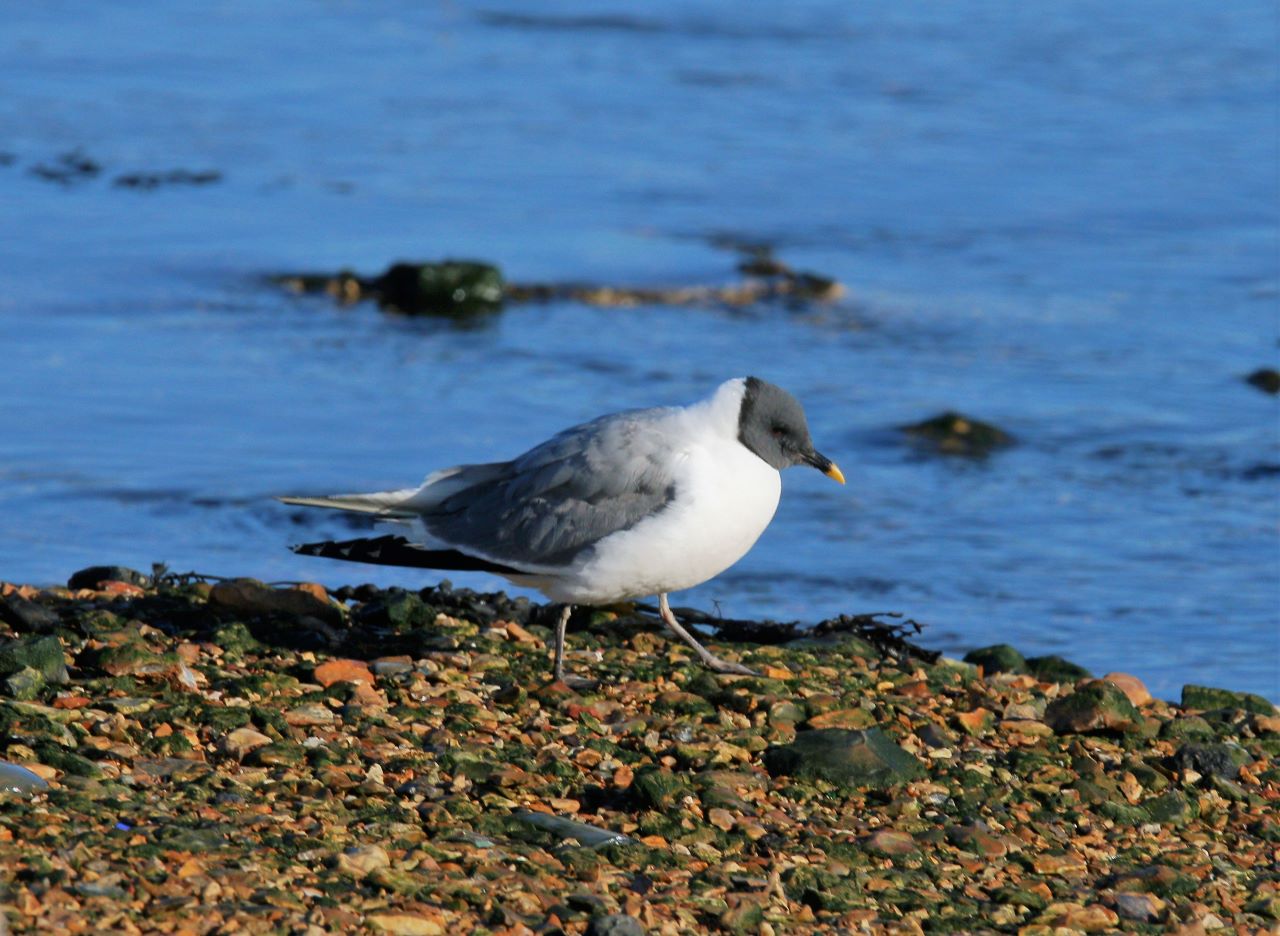



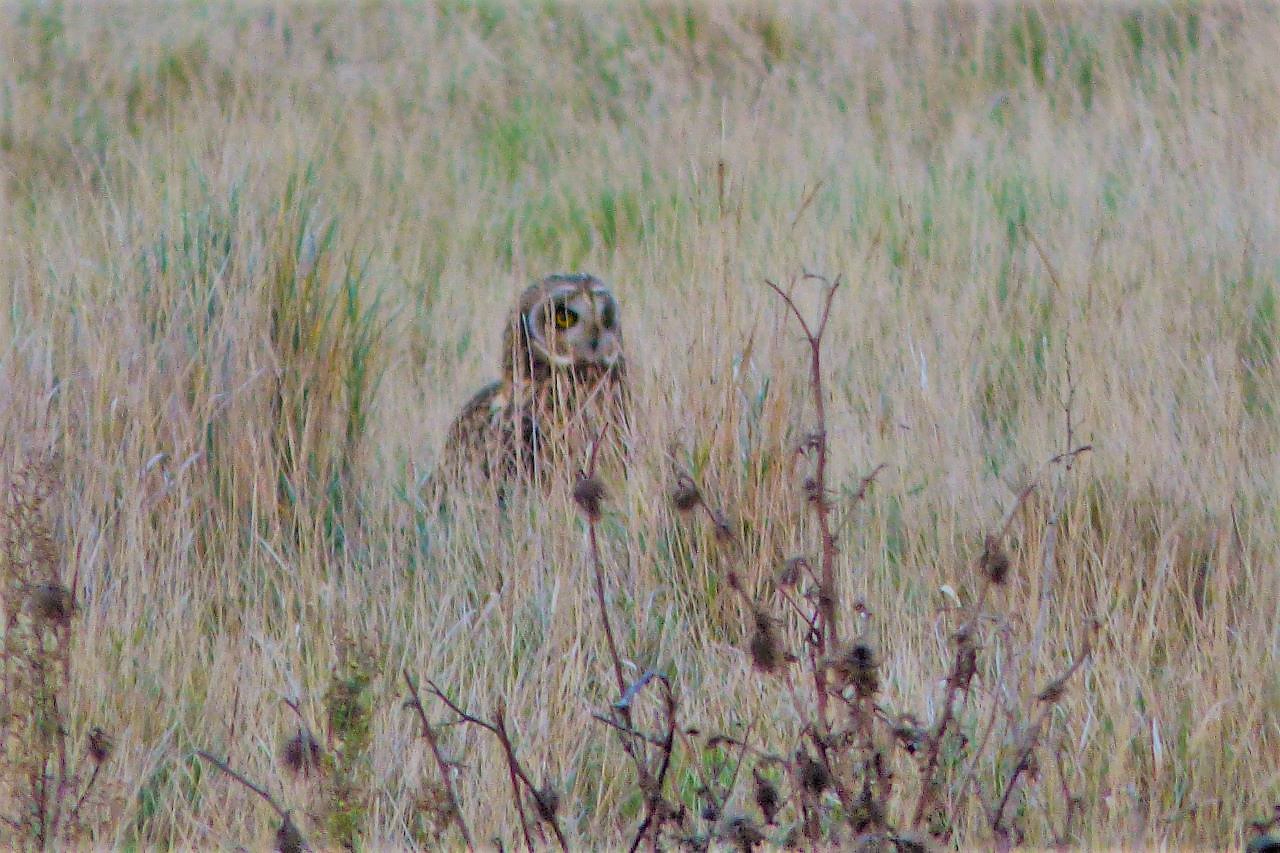
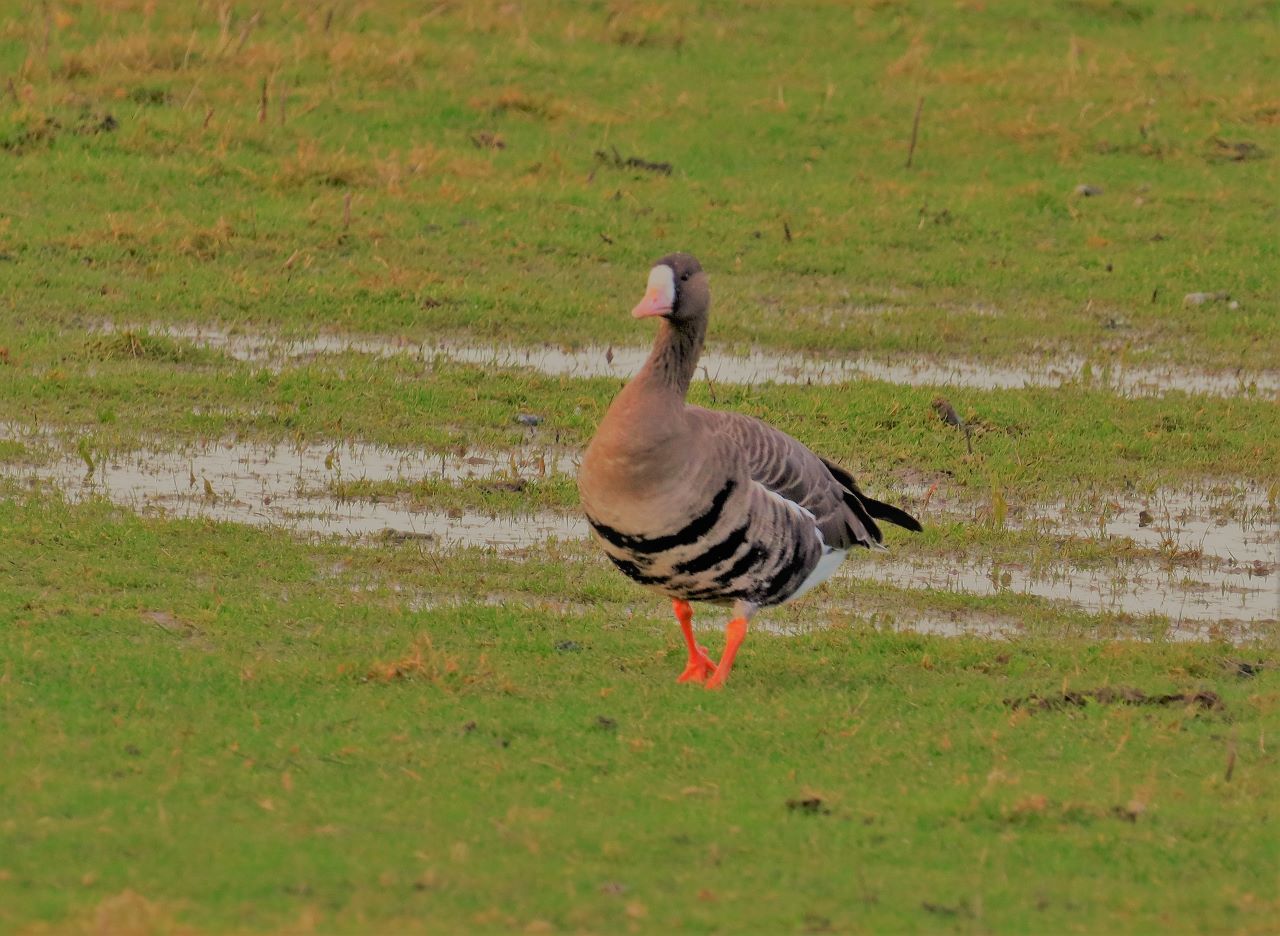




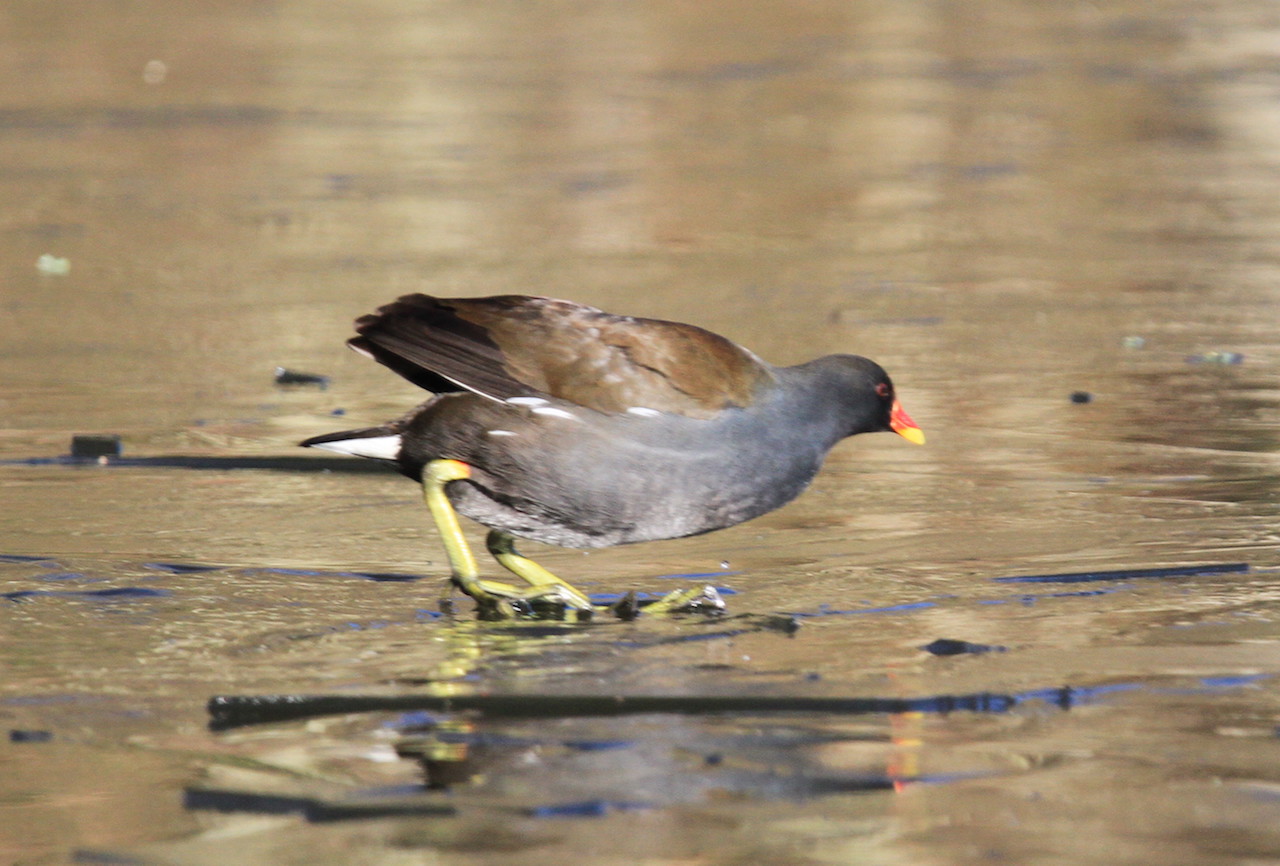

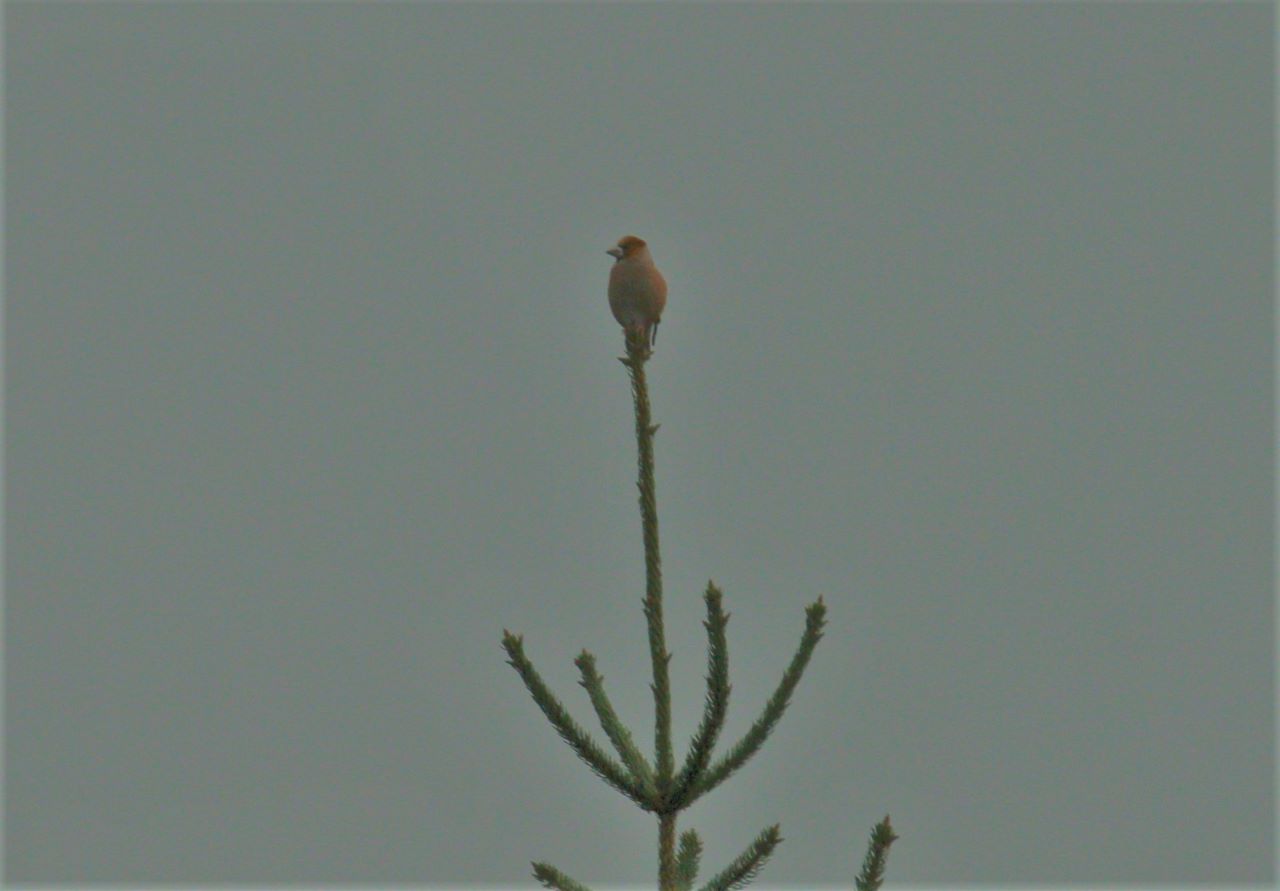

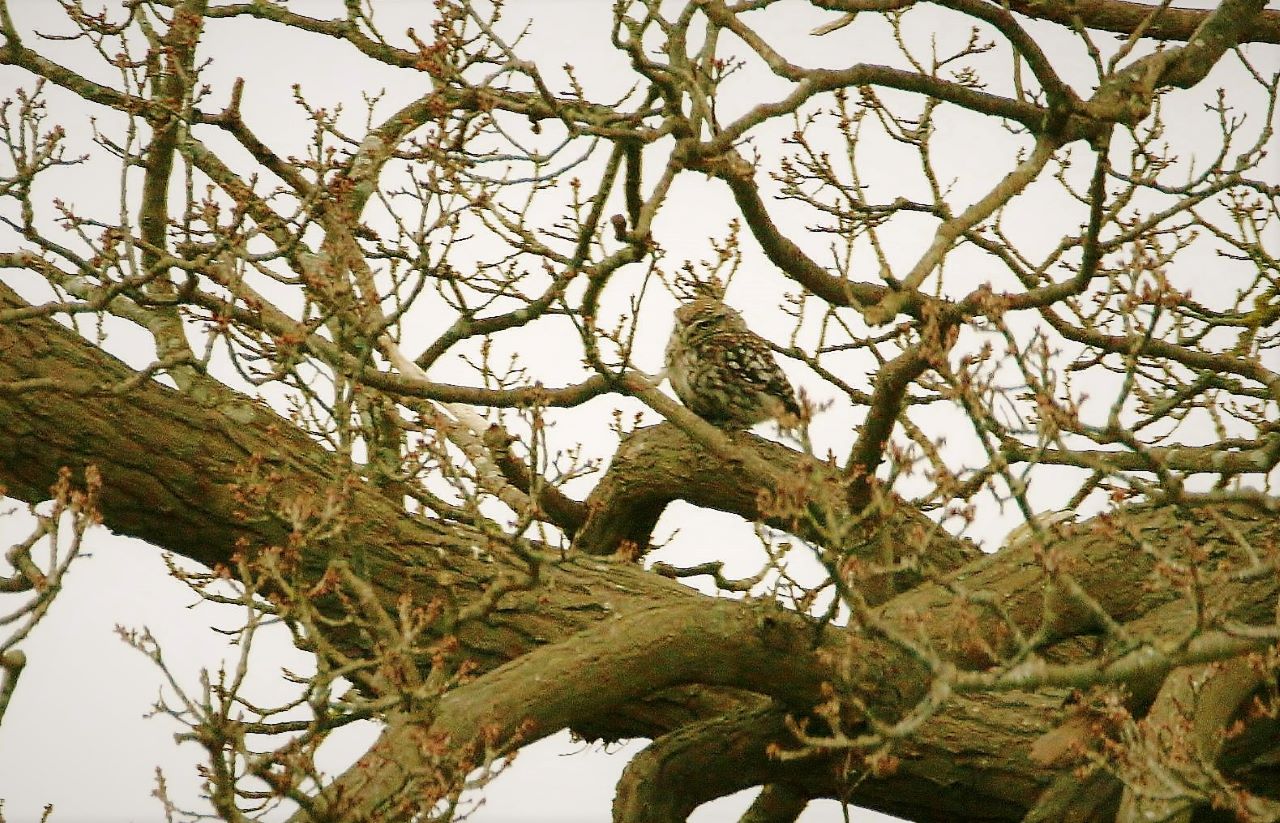



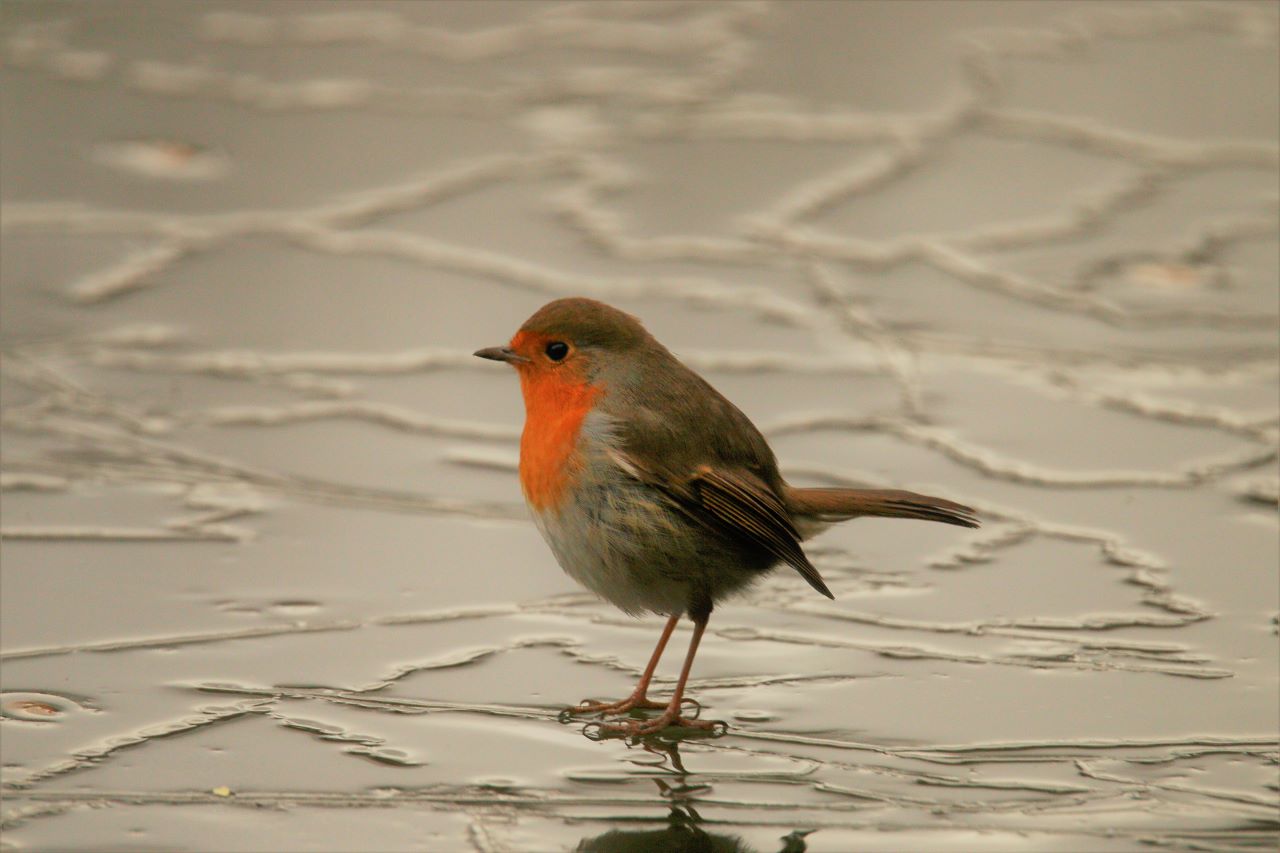

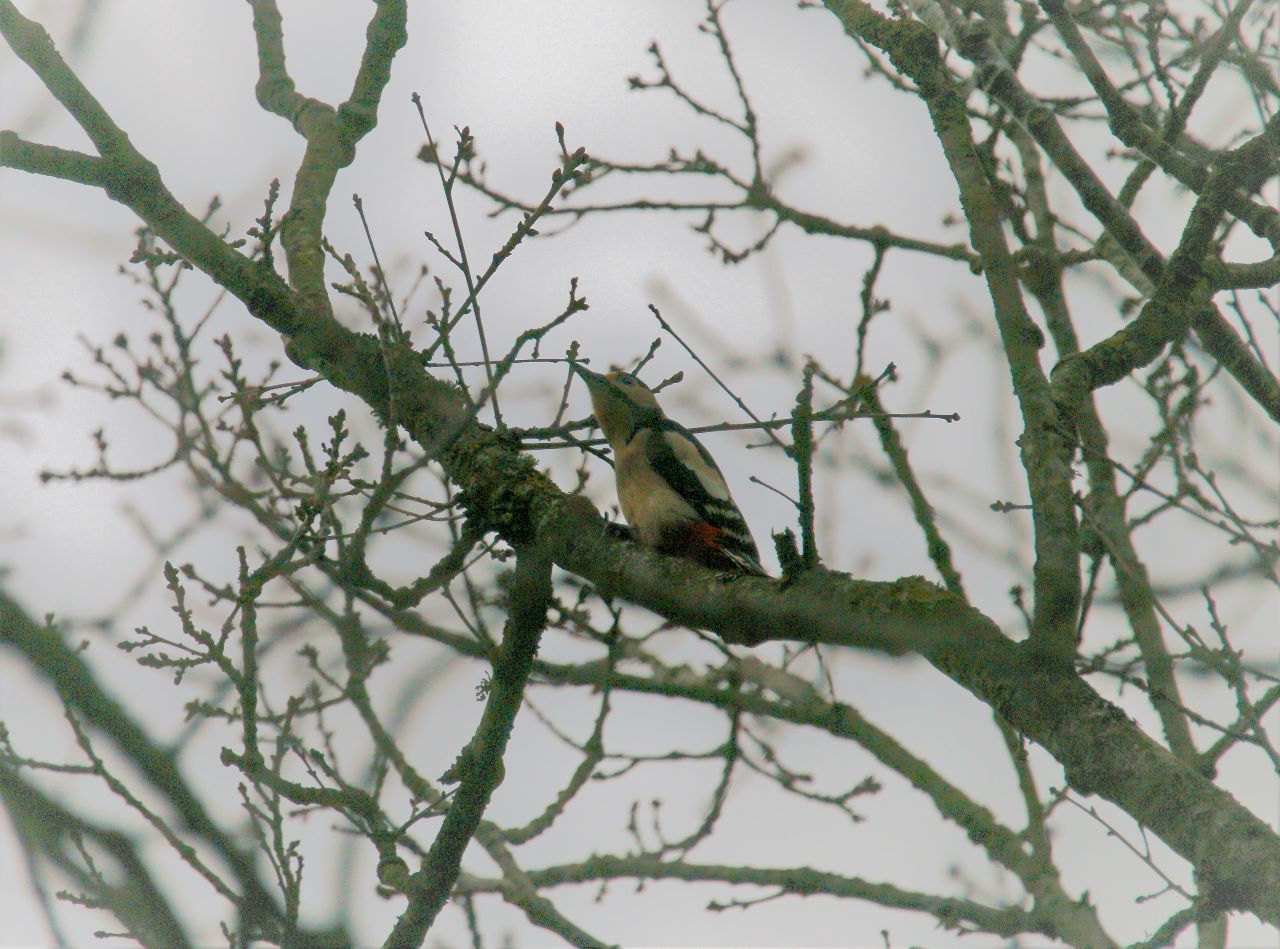






Elaine McGee
February 12, 2023 at 8:26 am
Wonderful! Thank you so much for this fascinating piece.
Carol Wilson
February 18, 2023 at 9:38 am
Beautiful pictures. Thank you.